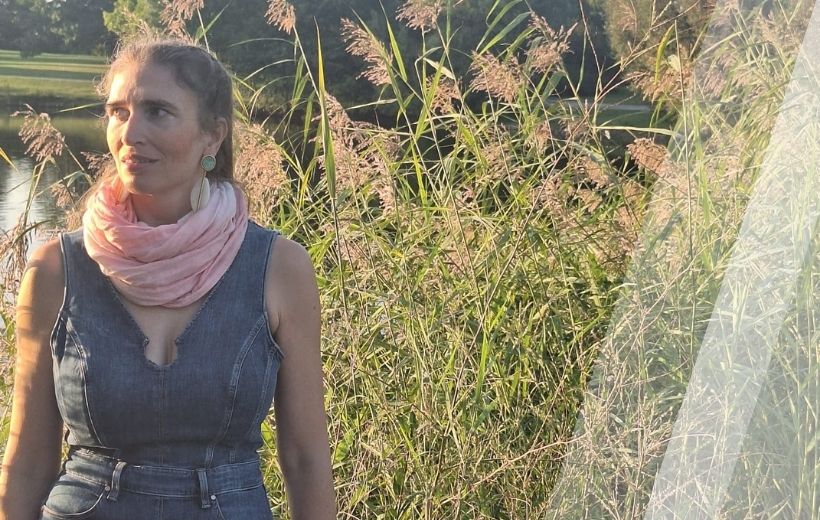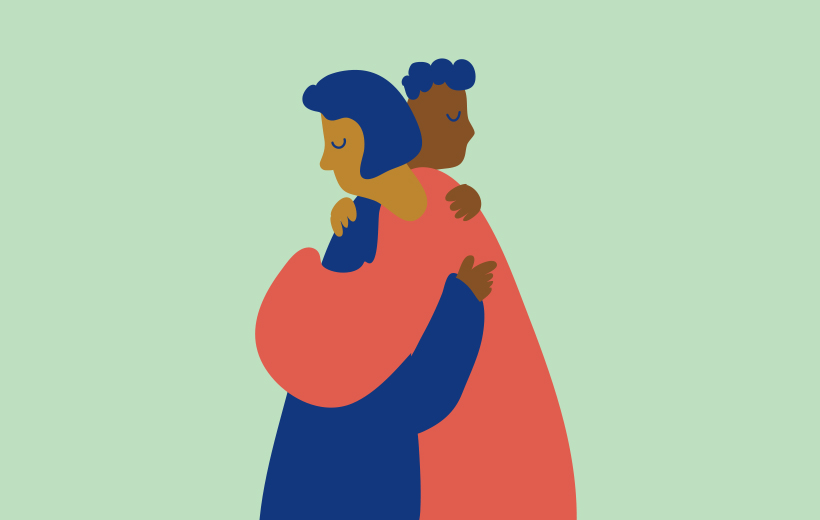Keeping Your Balance in Today’s World
By Yongey Mingyur Rinpoche • 5 min read
By Yongey Mingyur Rinpoche • 5 min read
This is a very, very difficult time right now. Around the world, people are struggling with conflicts, intolerance and inequity, poverty, and the effects of climate change. The pandemic and other serious illnesses continue to create suffering, too.
In the meditation tradition, it is said that the first teaching the Buddha gave was “Bhikkhu, life is suffering.” Bhikkhu are followers or disciples. As for “life is suffering,” the point the Buddha was making is that the first step to enlightenment is to be aware of the reality of suffering.

There are two types of suffering: natural and self-created. Natural suffering includes birth, old age, sickness, and death. You can’t necessarily do much about these. Of course, even within those, occasionally there’s room for change and transformation. Sometimes there is even a solution; sometimes there is not.
Self-created suffering takes place in the mind. Let’s take pain as an example. Pain can cause happiness or suffering, depending on the context and your state of mind. For instance, while you’re getting a powerful massage, pain fits into your expectations, so you experience it as good self-care. But if you smash your thumb with a hammer, you experience shock and maybe anger or frustration, and you see the pain as a self-inflicted injury. It becomes suffering.
Self-created suffering is a very potent mental state. It’s possible to have dread of or aversion to physical pain that is more acute than the pain itself. Right now, we’re all facing fears about the global situation, and while the problems themselves are real, our minds tend to exaggerate or distort them. We confuse our fear, aversion, dread, anger, and so forth — in other words, what is happening in our minds — for the problems themselves. This mental distortion can affect our behavior and our mental capacity, and cause us to make errors in judgment.
On the other hand, the same mind that creates all this unnecessary suffering is a fertile ground for transformation. And once transformation begins from within, it radiates out to your body, your actions, your environment, and the people and society around you. To rise to the occasion of this challenging time, it is crucial that we maintain balance within the three aspects of practice — view, meditation, and application.
To understand the view means accepting that life is impermanence. Let go, but remember that letting go is not the same as giving up: impermanence opens many different doors of possibility, different doors of opportunity — we have to think outside of the box. This is not only true of the physical world; it is true of the mind too.
Secondly, we need to use our innate wisdom, awareness, love and compassion, which we find in meditation. Lastly, in terms of application, we all have powers and skills. Try your best to solve the problems at hand, and do what you can to help yourself and others according to your capacity. At the same time, try to not get tight about the result. Don’t fixate on an outcome, because everything changes. If we don’t give up and we continue to grow, we can experience everything as a learning process, whatever the outcome.
“See situations clearly, and try to embrace them. And don’t give up.”
– Mingyur Rinpoche –
In my own life, there have been periods of difficulty. Many of you know about my panic attacks when I was young; my aversion to panic was very powerful, and it took years to let go of that aversion. And when I went on a wandering retreat later in my life, I had a mishap that came very close to ending my life. But I never gave up. I tried to always learn and transform whatever arose.
For instance, I used the panic as support for my meditation. In awareness meditation, my panic became a support for awareness — panic became awareness. In compassion meditation, panic became compassion. In wisdom meditation, panic became wisdom. This practice is what we call “transforming poison into medicine,” or sometimes, the “self-antidote”: the problem becomes the solution. Although at first the symptoms stayed with me, I lost the aversion or hatred of panic. Then the panic itself became a support for my meditation, and later, the panic itself was gone. Now I am able to give this teaching because of my panic — it became a profound opportunity.
When I was young, my father would say, “If you hit a dead end and there’s a big wall in front of you, first take off your backpack and throw it over to the other side.” Meaning, once your backpack is on the other side, then you’ll have to follow through and get over the wall. Perhaps the way over is not straightforward. Because of impermanence, you can’t always get over just as you expected to. But there are countless other ways. There is such a wide variety of practices available to us.
I sincerely encourage all of you to find balance. Accept impermanence, connect with your innate awareness, love, wisdom, and compassion, and do whatever good you can. Be carefree, but not careless. See situations clearly, and try to embrace them. And don’t give up.
Learn meditation under the skillful guidance of world-renowned teacher Yongey Mingyur Rinpoche at your own pace.

Listen to 10 minute guided meditation on breath by Tergar Instructor Myoshin Kelley
In his approach to teaching meditation, Mingyur Rinpoche integrates traditional Buddhist practice and philosophy with the current scientific understanding of the mind and mental health – making the practice of meditation relevant and accessible to students around the world. Mingyur Rinpoche is the author of the best-selling book The Joy of Living: Unlocking the Secret and Science of Happiness, as well as Joyful Wisdom: Embracing Change and Finding Freedom, In Love with the World: A Monk’s Journey Through the Bardos of Living and Dying, and many others.

Just as you are beginning to wake up, bring your awareness to your feet. “Bringing awareness” just means to simply feel them, be aware of their existence. Slowly, in a relaxed way, move your awareness up to your legs, torso, and head. Whatever sensations may arise, whether pleasant, unpleasant, or neutral, just let them be…

Faced with the challenges of Crohn’s disease, philosopher Maria Müller Hornbach turned to meditation, which transformed her relationship with pain and brought greater ease to her life. Inspired by Mingyur Rinpoche’s teachings, she took Tergar’s Meditation Teacher Program, and now teaches meditation classes in Germany.

Shifting from empathy to compassion activates brain regions linked to positive emotions, social connection, and reward, similar to those engaged in joy or pleasure.
If you enjoyed reading our articles, please join our mailing list and we’ll send you our news and latest pieces.